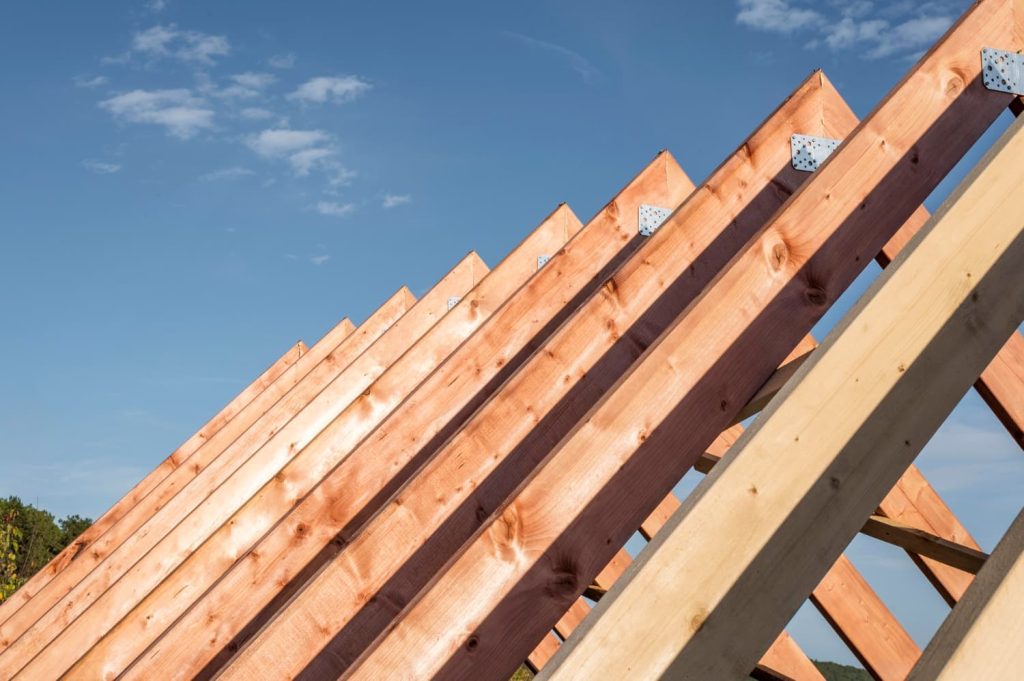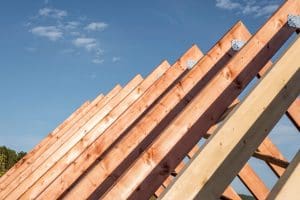
1. Construction Loans are different to traditional home loans
Construction loans are designed to allow you the ability to build your dream home, but also to mitigate risks of project blow-out and delays. Every bank has different policies but generally you shouldn’t expect to receive the whole sum once you sign all the papers. The loan is usually disbursed in a serious of payments called “progress payments” or “drawdowns”. These are percentages of the money you will borrow, and it means you will receive a certain amount of cash every time you initiate a new phase in your project.
In Australia, most people settle for five withdrawals. These relate to the key milestones when building a house:
- Slab – Pouring the slab
- Frame – Raising the frame with the roof on top
- Lock-up – Locking-up the shell of the property
- Utilities- installing modern facilities
- Final – adding final touches and inspection for completion.
2. A meticulous process must be followed to access the funds
Registered builders must hand over invoices and a report on their activity to the lenders. If you are an owner builder, you also have to send receipts and invoices before requesting the next drawdown. A bank assessor will then assess the building at each stage of drawdown to ensure that each stage is completed, and everything complies with their own lending and legal standards. The lender will decide to issue the payment only after the auditor’s approval.
3. It’s wise to have a buffer for unforeseen expenditures
Lenders will test your serviceability of the loan and will not advance you any cash unless they have confidently assessed your ability to repay. It is advisable to exercise caution with the amount borrowed and don’t push it to the limit. Always try to have a buffer from the beginning. You may need to rely on this for unforeseen expenditures.
In case the project costs blow out, you should contact your broker immediately. They can provide advice and show you your options. Many times, a bank will accept an equitable solution. However, if a bank says “no” to addiotnal credit (lending), the extra-costs of completion will fall on you.
4. Construction loans require specific documentation
In any home construction loan, the bank will assess the value of your land, and check the approximate costs related to materials, labor, and workmanship.
Generally, you will also have to provide the following documents:
- a detailed plan of the whole structure
- permits and licenses received from the local authorities
- a copy of the standard contract with the licensed workers or your payment schedule in case you are a builder owner
- copies of your various insurance policies, such as the one covering labor-related accidents
Lenders also want to make sure you can afford the construction loan, so they want details of your annual income, credit history, and assets you own. You must support your statements with valid documentary evidence.
5. Home Construction Loans offer a number of benefits
Building your own home with a construction loan gives you:
- the opportunity to own a unique dwelling, where you want and how you want it, without having to wait years or even decades to save up the money
- peace of mind that builders will do their job — the contractors and the builders will be paid according to the progress of their work; if they offer sloppy services, the lender may stop payment until adequate improvements can be shown
- better management of expenses—when you have lots of money at your disposal at one time, you might feel tempted to acquire prohibitively expensive products; drawdowns avoid most borrowers being reckless with large sums of cash
- economising opportunities— Construction loans are usually interest only loans until the construction is finished and you are only charged interest on the total amount being handed at any given stage of the project. This helps with cash flow during a period where the property is unlivable, or you can’t get any rent for it.
6. There are also a couple of downsides to consider
Home construction loans offer more advantages than disadvantages. However, there are some we should mention:
- You need a higher deposit—this applies mainly to owner builder loans which are considered a riskier; you may be asked for a down-payment of more than 25%
- The amount of paperwork needed over the length of the project – everything mentioned above, plus the floor plans and the “blue book”, which comprises details like the material used for outside insulation.
- the risks of rising interest rates— most construction loans are done on variable rates Principle and Interest. If the underlying rates rise, this may affect your ability to meet repayments. This has been particularly relevant over the last 18 months in Australia where investment rates have risen by over 1.25%. following completion of the renovation/ construction works, the loan reverts to a standard mortgage.
You should always seek professional advice when you decide to take such an important step. Construction finance can be tricky and requires the help of an expert. For further information on construction loans or renovation finance, don’t hesitate to call or email me directly at [email protected]




